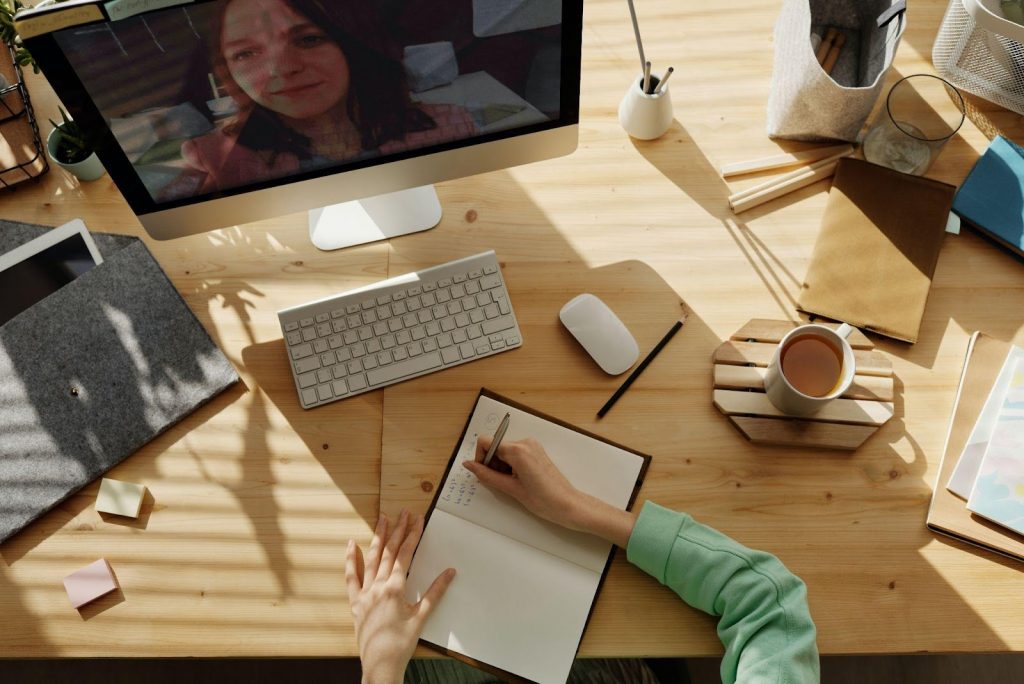Like any device that consumes a lot of energy, your Mac is susceptive to overheating. A hot device is uncomfortable to hold, and it can also suffer from various internal damages. Preventing a Mac from overheating is a pretty straightforward task. Follow the guidelines in this article to prevent overheating and protect your expensive hardware.
Table of Contents
Overheating: Warning Signs and Causes
Before we dwell on the ways to prevent and address overheating, let’s discuss how this problem may be manifested. If your Mac gets only slightly warm – there are no reasons to overreact, primarily if you use it for many hours straight. However, the following signs demonstrate that your device’s temperature is going up dangerously high:
- Unusually loud noises (rattling, humming, buzzing)
- The device’s high temperature
- Slow and unresponsive functioning
- Fan is loud
As you can see, these signs are difficult to ignore or miss. You have enough time to understand that something wrong is happening to your computer and initiate the relevant response.
There is no single cause of computer overheating. If you notice that your device is too hot, it’s time to use your critical thinking and identify the problem. The following issues may be to blame for the temperature going up:
- Blocked vents
- Dust under the panel
- Direct sunlight
- Intensive browser use and multitasking
- Runaway apps
- Charger issues
- Malware and viruses
Sometimes, the presence of two or more of the listed issues may cause overheating, so be sure to check all potential causes.
A more recent issue that may cause overheating relates to the new macOS Monterey. This new system boasts unprecedented efficiency and impressive design, but it also requires up-to-date hardware. Less capable hardware (e.g., old mac computers) may not have proper specifications to run macOS Monterey. As a result, you may notice overheating, fast battery drain, and poor performance. Cluttered storage may also cause overheating after the macOS Monterey update, as your system storage does not have enough space to run the OS.
Addressing Mac Overheating
Solutions to your problem will depend on the cause. Let’s go through each option you have and discuss how you can protect your computer from damage.
Addressing Mechanical (External) Causes
Dust, blocked vents, and direct sunlight can all be grouped into environmental (external) causes. In other words, these are the causes not connected with the hardware or software. First, check whether the computer is located in direct sunlight. If so, place it in the shadow and let it cool for a while. Your device may also overheat if your desk is located right near the radiator.
Second, make sure the vents are not blocked. When you place your Mac on soft surfaces such as the pillow or blanket, you prevent the cool air from circulating around and under the device. If you use your Mac in the bed, purchase a laptop stand or find a solid surface to place the computer on (e.g., a wooden tray). Be creative and remember that anything goes as long as it keeps the computer away from soft surfaces and enables proper air circulation.
Third, clean the device from dust and dirt. You will be surprised to learn how dirty your device can be when you start to clean it. Users often fail to notice the excess buildup of dust and dirt until they start to clean it. Be sure to remove the smudges, fingerprints, and streaks. Although they don’t affect the temperature, they make your device unpleasant to use. When you clean the Mac, follow these rules:
- Use a soft cloth and avoid abrasive fabrics
- Don’t allow the water to get into any openings
- Avoid using bleaches and sprays
- Don’t apply cleaning agents directly on the device
- Unplug the device when cleaning
- Wipe gently
Update Your OS
Before addressing any issues on your Mac, make sure you have the most current operating system. Apple regularly addresses macOS issues, including those that may cause overheating. If your problems occurred after the update, your computer may be too old or have limited storage space. Check the mac owners’ forums to see whether other users experience similar problems. If so, you simply need to wait for more updates from Apple.
Is the Charger Okay?
If you notice that the device gets too hot when you plug in the charger, the latter may cause the problem. The three main issues to consider are:
- You use an unoriginal, uncertified charger
- The power cord is damaged
- The power adapter is not working
Thus, we recommend using a different charger and checking if the Mac cools down eventually.
Scan the Computer for Malware
Malware maxes out the capacity of your computer, causing it to heat up. The effect of malware and viruses is similar to energy-consuming apps such as Photoshop. Some malware uses infected computers for mining, which drains their resources and causes overheating. Scan your computer manually by checking all recently downloaded and installed files and deleting all suspicious ones. You can also use a legitimate antivirus program to scan your computer. Although the best programs are paid, they can do the job quickly and efficiently.
Avoid Multitasking
When you use many resource-intensive programs and open many browser tabs, it may be too much for your Mac to handle. Try to focus on one or several tasks and close all apps and tabs you don’t need at the moment. Closing tabs is an effective measure when you load web pages with flash ads and video content (e.g., websites of popular journals and newspapers). If you do need them, at least switch the ad blocker on. This browser extension allows blocking the annoying ads and saving your computer’s resources.
Close the Runaway Apps
Runaway apps cause the processor to work hard, thus increasing the heat level. To address this problem, go to “Applications” and select “Utilities” and “Activity Monitor.” View the processes that your Mac performs at the moment and find the unused apps that take more than 70% of the CPU. Close these apps or delete them altogether if you don’t need them.
Final Remarks
Overheating is a temporary problem. As soon as you eliminate the cause, whatever it may be, the temperature will go back to normal. If the listed tips do not help or you lack the tech skills to employ them, you may continue to experience overheating. You need to go to the certified Apple Service Center and ask for professional help in such cases. Refrain from changing the settings or deleting the files if you are not sure that it will help. Otherwise, you may affect your data and damage the computer.





